The modern concept of wooden houses is less known in Romania. It has been less promoted and there are still many people who think that it is all about cabins or cheap houses. Unlike in Western European countries, where wooden houses are considered the buildings of the future, in Romania too few people know and understand the benefits of such construction. That's why Romanian builders make more of them abroad than here. From discussions with those who want a wooden house, young people are the most receptive, but also those with smaller budgets. Many are thinking about future needs and make the mistake of building more than they need now, which leads to high construction and maintenance costs. This is where Vlad Liteanu came up with the idea of developing a project dedicated to the Romanian market, a house whose dimensions will evolve over time - a evolutionary house.
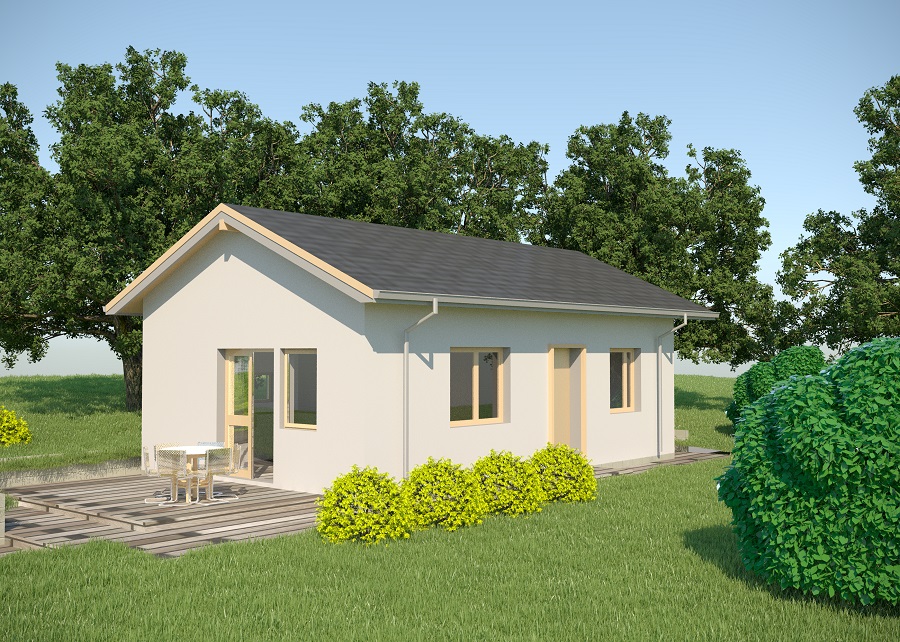
Litarh - prefabricated wall house construction company
Vlad Liteanu from Litarh I met him 3 years ago, when we met at the BIFE-SIM fair. He had been following the magazinedinlemn.ro since the beginning and had come especially to meet us. We talked about his prefabricated wooden house building company and the lack of information on the subject wooden houses. He even mentioned that there was a need for a magazine about wooden houses. At that time I knew little about the manufacture of wooden houses and the development of this field in the country. I thought, like many others, that it was about cabins or garden cottages, not about a cutting-edge field, where we were talking about lightweight, very strong and energy-efficient houses, but also about protecting the environment and using building materials with a minimal carbon footprint.
After visit to the Valley of Moldovathe house factory Litarh, we saw that the house is actually being worked on in the factory and we understood why the assembly time on site is so short and how important it is that the project is very accurate, with all measurements and calculations done to the millimeter. The slightest deviation means problems on site that nobody wants. Especially if the site is somewhere in Norway or Switzerland.
Vlad, like his father, is a wood industry engineer, and the wood "bug" has been in the family since Vlad's great-grandfather, a well-known carpenter in the area. Now he and his father own Litarh. They started with houses that were mostly done on site, but the investments in equipping the factory and implementing new prefabrication technologies have changed the proportions. The houses are now mostly made in the factory and then the walls and roof elements are transported to the site. The actual construction can take from a few days to several weeks. Due to the high level of prefabrication, material losses are minimal and there is no on-site waste. Construction is quick and clean, which is a big advantage for the owner.
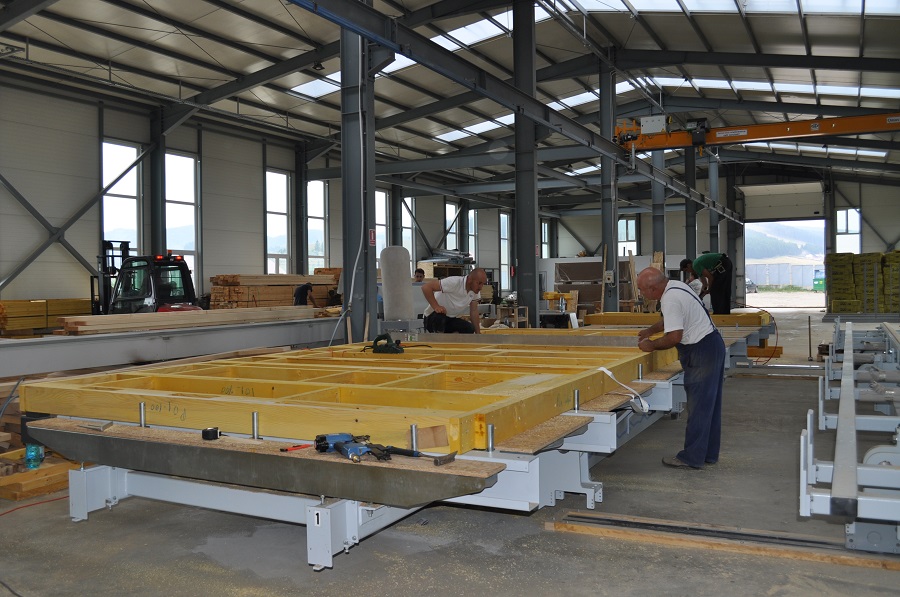
First information about the evolving house
Vlad first learned about the evolving house in France, where Litarh has had several projects over the years. One of the houses built there has been chosen to be featured in the magazine Building in wood, considered one of the most successful wooden houses in the Paris region. In France, the concept of the evolutionary house is highly appreciated, as it allows building according to the needs and availability of the present. In 2005 WOOD & outbuilding architecturesSwiss architect Tomas Mikulas has presented a model of a house that can be adapted to the stages of life.
Mikulas' idea was that the life of a couple has 3 big stages, and the house should be built to fit these periods. Thus, in the first stage, young people are single and low-income. Why build for what will be and invest more than you have? One bedroom and a living room with bedroom and bathroom is enough. But the construction is designed in such a way that it can easily be extended. In the second stage, children appear, incomes rise and the house can be enlarged by adding the necessary bedrooms and bathrooms. In the third stage the children leave and the house remains too big. The added bedrooms are separated again from the central house, which returns to its original form. Living room and kitchen are added to the separate bedrooms, making it another house that can be sold, rented or become a home for one of the children.
The concept has been taken up and adapted in various corners of the world according to needs and requirements. At one point students at the University of Santiago de Chile adapted the concept to make a house for emergencies. From this project, a series of houses were built and used after a fire devastated part of the country.
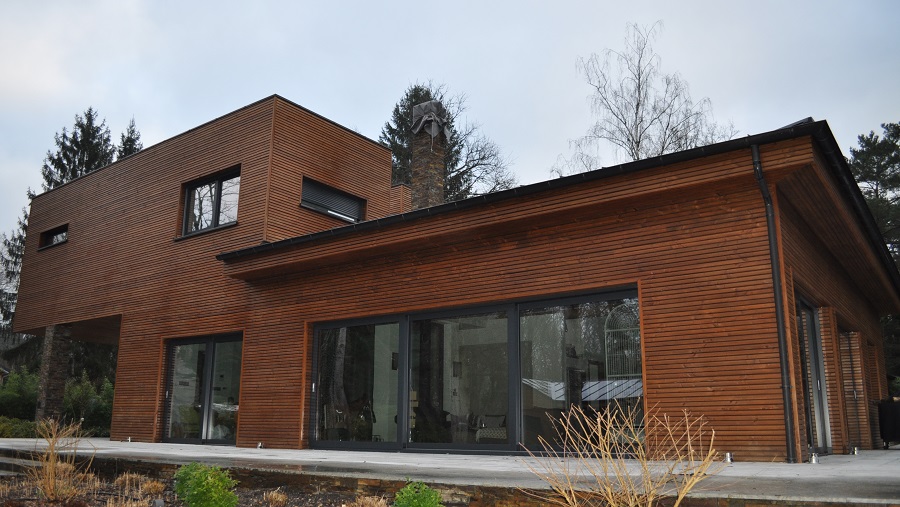
Evolutive house - a Litarh project for the Romanian market
Vlad Liteanu has adapted the idea into a special project for the Romanian market. It's a project dedicated to young people who want to have a house on a wooden structure, resistant and energy-efficient and with the possibility of extension in one or two stages, depending on future needs. It starts with a basic module - a house sufficient for a family of two, comprising a living room with an open kitchen, 2 bedrooms and a bathroom, with a total surface area of 57.6 m².
From the very beginning the house is built to allow the addition of two more modules, without the extension affecting the structure. An extra bedroom, a terrace or 2 more bedrooms can be added. The new configuration can also support transformations. For example, if a bedroom and a terrace are added at the first stage, the terrace can later be converted into another bedroom or an enclosed conservatory. Note that all these transformations will not affect the strength of the house in any way and the connection to the rest of the house is simple, by cutting the insulation and OSB board in the place provided for in the house design from the start.
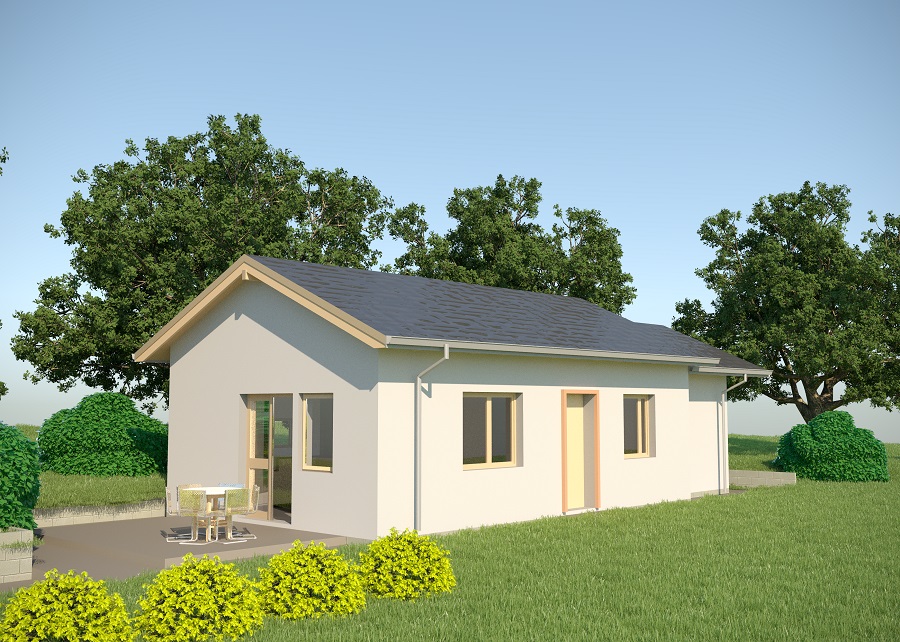
Advantages of the project
After years of talking to a lot of people who wanted "a home on earth of their own", but often ran out of money, Vlad believes he has found the idea that will allow many of them to realize their dream. The project comes with other advantages:
- A high degree of freedom and adaptability to the pace and needs of life
- A standardized design so that no time is spent on design and strength calculations, all architectural and engineering aspects are taken care of
- Very short production and assembly time
- The advantage of having a green home with all the benefits that come with it
- Very low losses, both in the factory and on site
- The resulting house is lightweight, earthquake-resistant and very well insulated
- A much smaller initial budget than would be needed for a 'complete' house to meet projected future needs
- Lower maintenance costs.
A house without foundations, plumbing and finishing can cost around €16,800 excluding VAT. The foundation required is simpler and cheaper than for a brick or concrete house, as the house is much lighter.
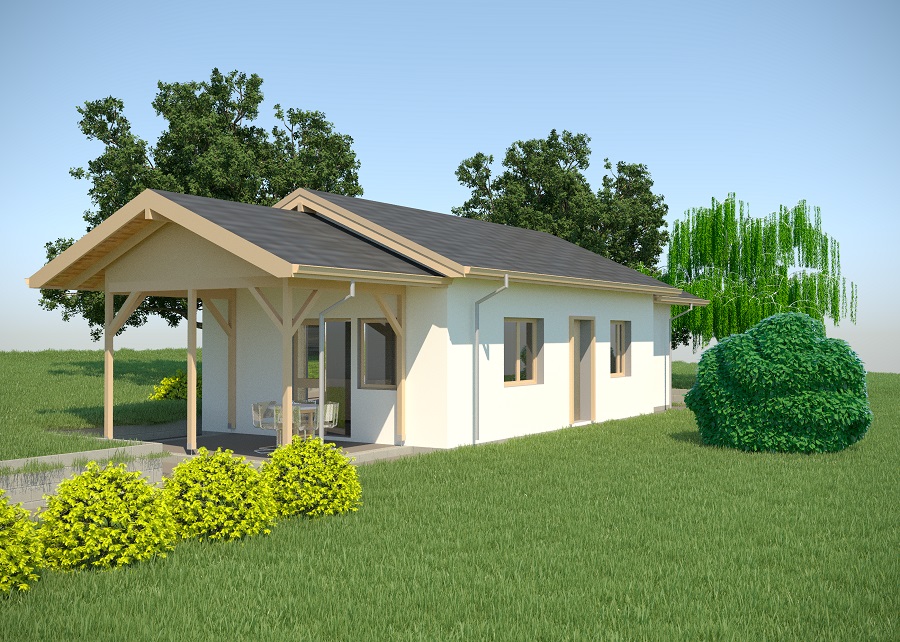
Litarh's portfolio includes spectacular projects both at home and abroad. Houses such as the one in Arad or others in France, ItalyThe European Commission, Norway or Belgium, have accustomed us to other dimensions of construction, much larger than those of the project presented here. However, we chose to present the evolutionary house because it is a project dedicated to the Romanian market. Litarh's pragmatic and creative approach, as well as the attention they pay to young people at the beginning of their career, is to be appreciated and encouraged.
























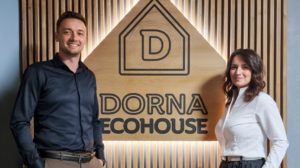
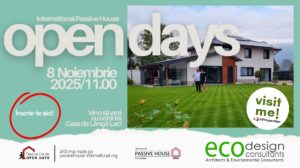
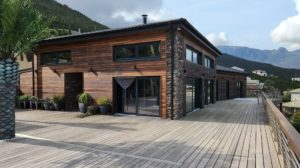
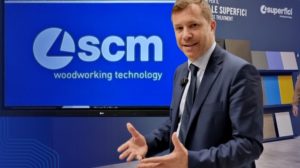
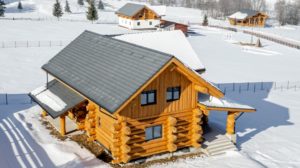
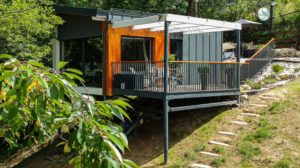
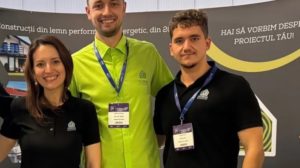
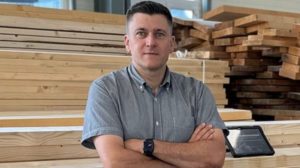
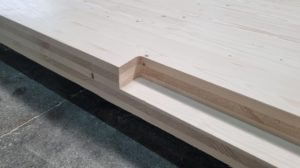



Add comment